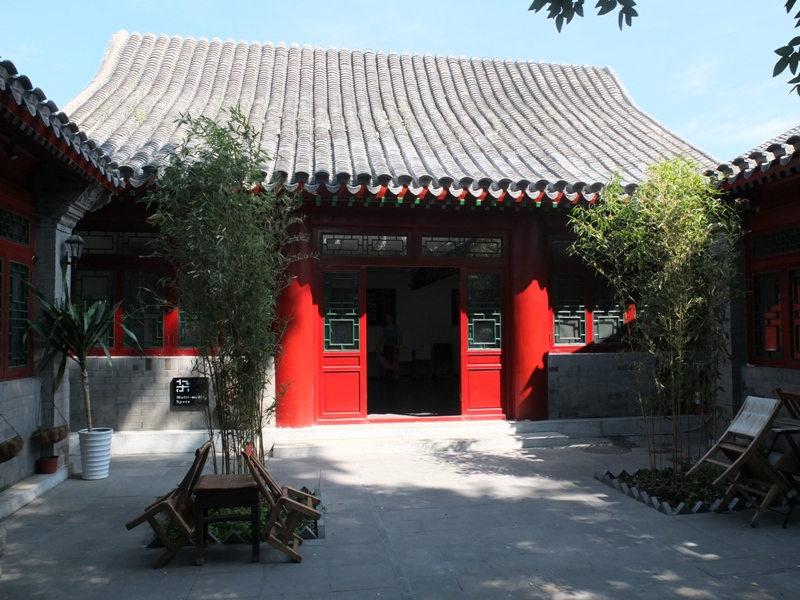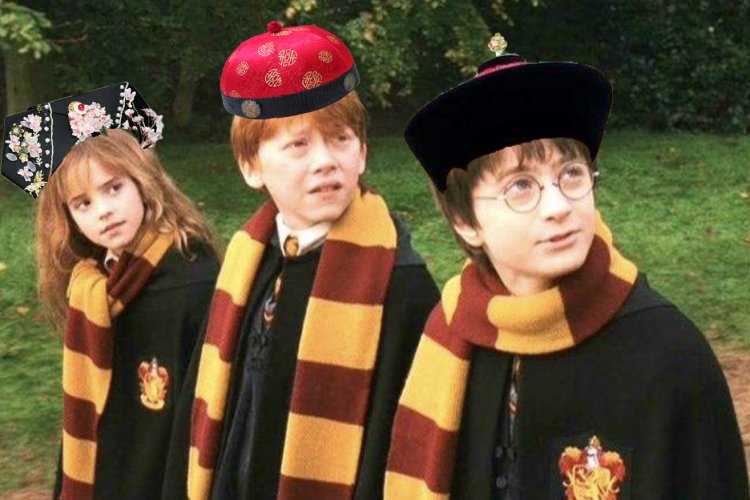Building Connections Through Culture: Dengshikou's 27 Yuan is Much More Than Just a Community Center
As numerous hutongs throughout Dongcheng come to terms with their own mortality, there sits a little hive of communal activity halfway down Neiwubu Jie, just north of the Dengshikou subway station, that isn't dying down anytime soon. A squabble of dama dance, a class of adults discuss, two friends sip on coffee, and passersby mill around modest exhibitions and wall displays.
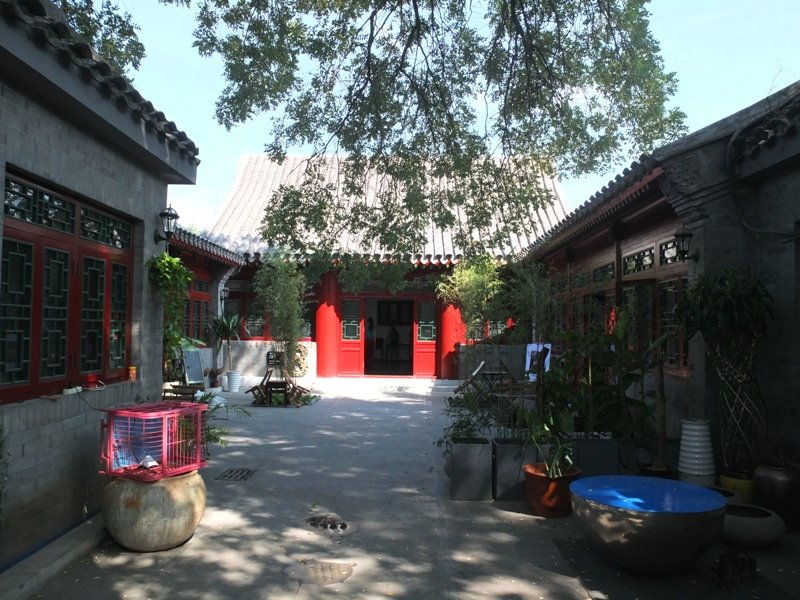
Since opening in September of last year as a joint project between Duo Duo and Niu Niu – the co-founders of the art collective Beijing One – and the local government, 27 Yuan (WeChat: yard-27) has been slowly gaining recognition and growing closer to fulfilling its mission statement. For all intents and purposes, the past 12 months have been dedicated to the community service center teaching people about the origins of the courtyard, its encasing architecture, as well as initial moves to bring adjacent members of the neighborhood closer together through organized activities. Stumble in on any day of the week and you’ll find paintings from local artists, live music, film screenings, and food and drink within the café (Yichang Café, WeChat: yichang-wenhua) and the other seven rooms that ensconce the site, helping to forge bonds between young, old, foreign, and local.
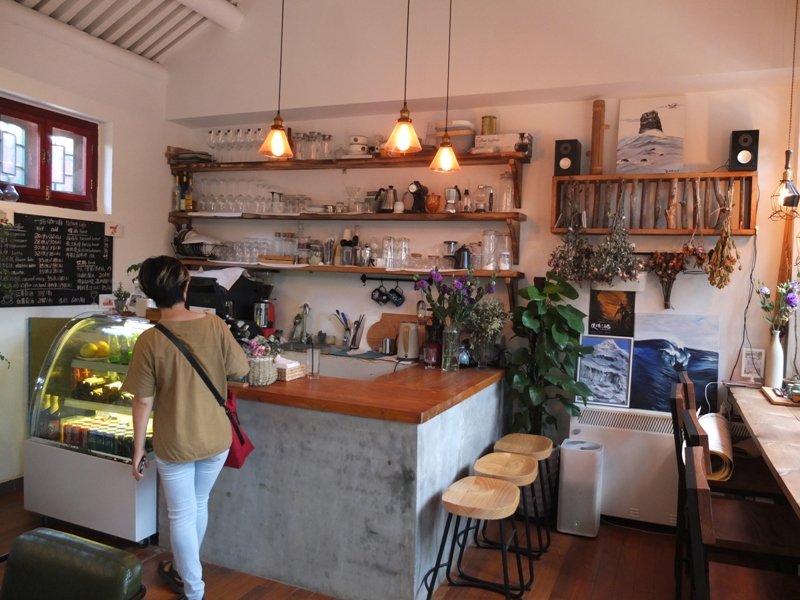
27 Yuan came about after Beijing One set out to find a location for their public-based art projects, something more concrete to house their ideas than the annual Beijing Design Week, in which they’ve been heavily involved since 2013.
“We initially needed to build trust with the government before they gradually began to see that we had the capacity to run a public arts space,” says Duo Duo above the chatter in the courtyard. “In China, community service centers are always catered toward specific communities, for example, the older generation, using very old-fashioned methods. They wanted to attract the younger generation, but then again, they also wanted to involve the older generations because they make up the largest proportion of the nearby community.”
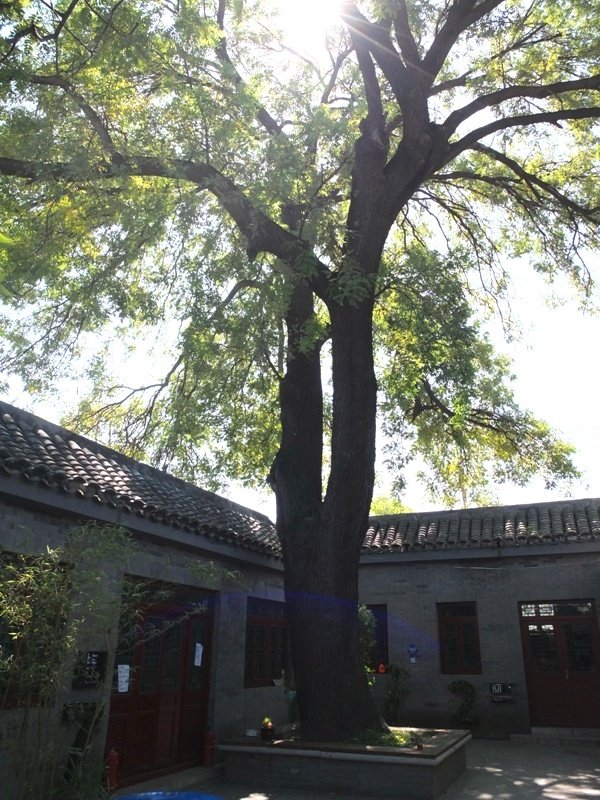
Speaking to Duo Duo, it’s quickly clear as to why she was granted access to this prime real estate – her enthusiasm for the project evident and punctuated with bursts of energy and infectious laughter. I mean, who wouldn’t be won over by this description:
“Beijing One’s theory is that we can help bring about love for an area ‘in the name of art.’ This process involves three steps: First, you need a cultural calling card – an event, festival, etc. – to bring people together. Just like when two people fall in love, they need to first know the other person’s background and their character. Next, you need a container for the events so that they can have an element of consistency, which acts as a magnet to attract people over time. Finally, you must link the emotions and memories gained from these experiences by partaking in similar events in one place, allowing them to come together and bond. 27 Yuan in this respect works as this final step – it brings the people who are already interested in this courtyard together.”
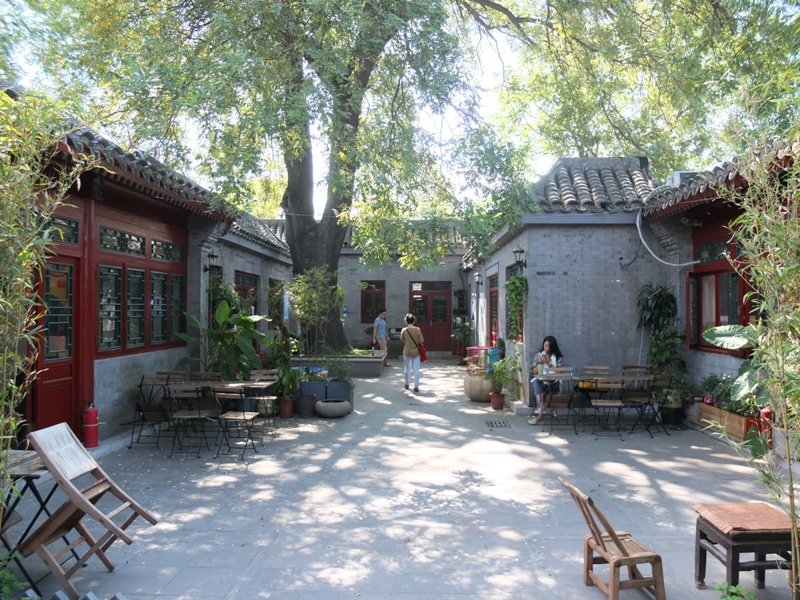
However, love for 27 Yuan didn’t quite come at first sight. “The first time we saw this courtyard, it was ...” Duo Duo pauses to find the right word, “terrible. It was old, a mess, and a little bit scary.” That first reaction proved hasty though, and upon returning two months later, the team stumbled into a completely restored siheyuan with shiny red painted beams, noble gray slate roofs, gleaming white walls and all.
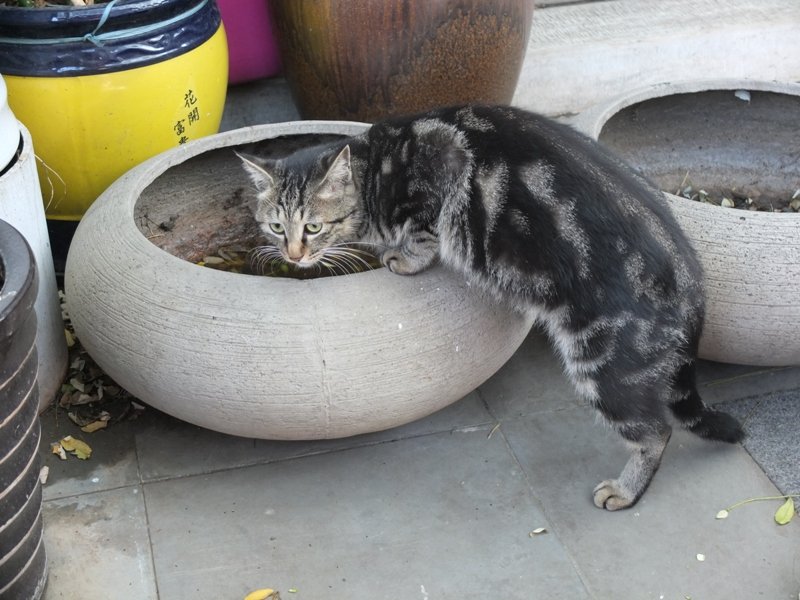
It has since slowly been endowed with the one missing element: people (well, and cats, lots of cats). On weekdays, the venue caters to the local residents, providing a space for them to partake in traditional activities like dance, calligraphy, painting, and games. Duo Duo admits that there has been a learning curve when it comes to interacting with the older residents: “This is a totally new experience for our team; for example, we had never stayed with dama for more than three hours before – we had only worked with the younger generation – so this is sometimes a challenge for us [laughs].” But Duo Duo’s quick to add that their presence has been incredibly enlightening, referring to the youth that drop by as “the future” whereas the older generation is “the books.”
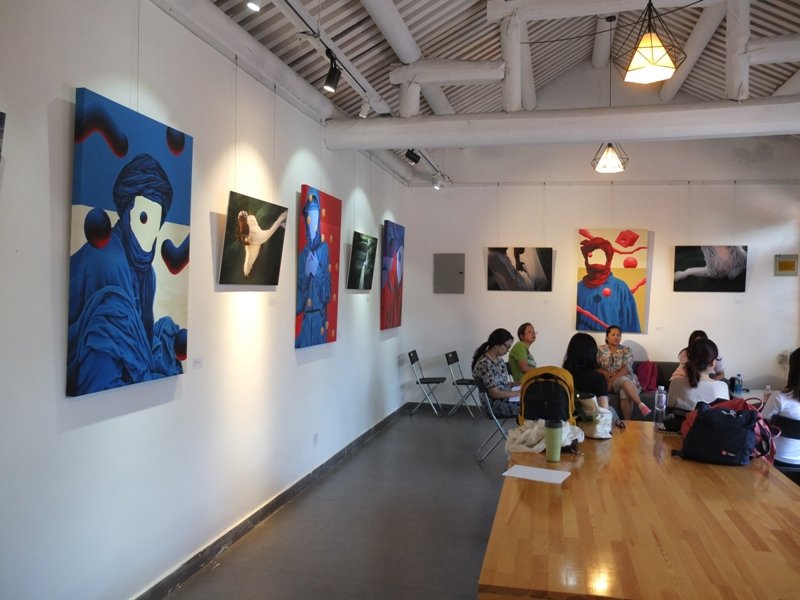
Similarly, Duo Duo then outlines her hopes for this year’s Beijing Design Week, with the topic of “cultural community,” a conscious move away from the BDWs of the previous two years, which focused on the design aspects of life in the community, rather than the people themselves. That shift will manifest in theatrical performances, exhibitions, and even cooking workshops so as to create a gastronomical experience specifically through Beijing cuisine, the idea being that migrants to Beijing can come try these local foods and use them to fuel discussion on the social problems that they may have encountered after leaving home.
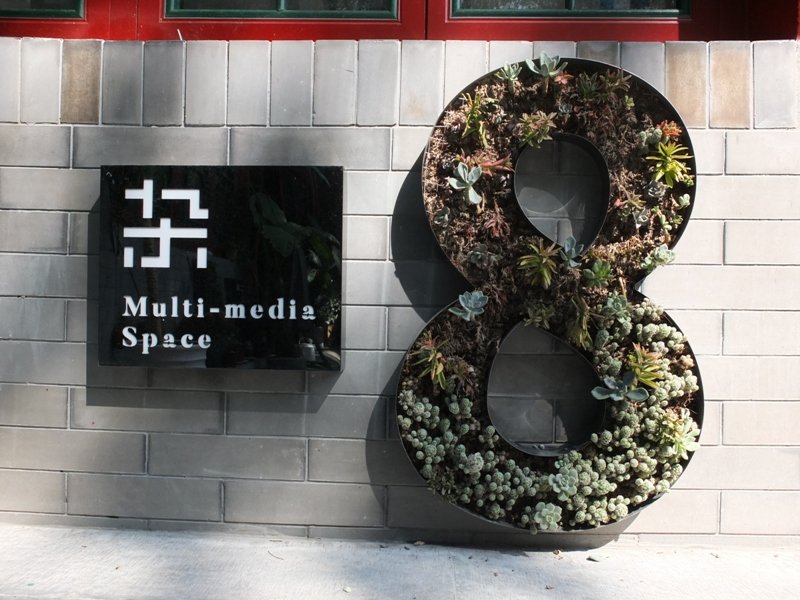
Artists and professionals from various disciplines will also be invited to work with residents to explore and discover potential solutions to obstacles within the community through art and culture, using them as the tools to solve everyday problems. As Duo Duo describes, “My discipline involves making art utilitarian rather than entertaining,” and although she's serious when she says she wants to make changes for the better, it’ll be obvious to any visitor that participates in the music, laughter, and energy in 27 Yuan that the two aren’t mutually exclusive.
Drop by 27 Yuan this Sunday for Yichang Café's inaugural "Cinema Salon" where they'll show Stray Dog and High & Low back to back, starting at 4.45pm. Beijing Design Week commences on September 23, with 72 projects to delve into until the closing date of October 10. In October, there’ll also be a fair dedicated to exploring Guizhou culture. The courtyard and café are open daily, 10am-7pm.
More stories by this author here.
Email: tomarnstein@thebeijinger.com
WeChat: tenglish_
Photos: Tom Arnstein

